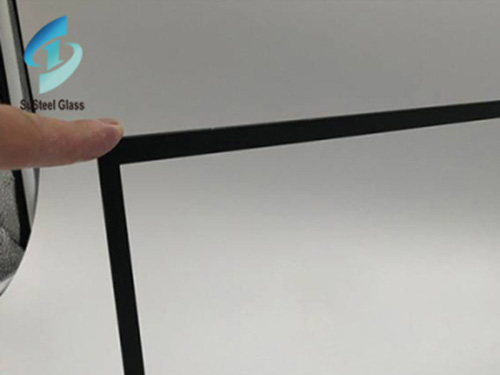
There are many kinds of glass, optical glass is one of them, it can change the direction of light travel. It is widely used in optical instruments such as lenses and prisms. Optical glass must meet the requirements of light this image, it is not ordinary glass, the quality of optical glass requirements are also very high. Qualified optical glass it needs to meet the following requirements.
First of all, the optical constants of optical glasses and the same batch of glasses should be consistent. The first kind of optical glasses have standard refractive index values for different wavelengths of light, which can be used as the basis for optical designers to design optical systems.
Therefore, the optical constants of the optical glass produced in the factory must be within a certain range of allowable deviation of these values, otherwise the actual image quality will not match the expected result in the design and affect the quality of the optical instrument. At the same time, because the same batch of instruments are often made of the same batch of optical glass, the allowable deviation of refractive index of the same batch of glasses should be more strict than the deviation between them and the standard value in order to facilitate the unified correction of instruments.
Second, it requires a high degree of transparency. The brightness of the optical system in the image is proportional to the transparency of the glass. The transparency of optical glass to light of a certain wavelength is expressed by the optical absorption coefficient Kλ. When light passes through a series of prisms and lenses, part of its energy is lost to reflection at the interface of the optical component and part is absorbed by the medium (glass) itself. The former increases with the increase of the refractive index of glass, and this value is very large for high refractive index glass, such as the loss of light reflection on a surface of heavy flinklock glass is about 6%.
 Enhancing Safety with Blast Resistant Glass: Innovations, Applications, and Protective Solutions
Enhancing Safety with Blast Resistant Glass: Innovations, Applications, and Protective Solutions
 Painted glass has emerged as a captivating medium for interior design
Painted glass has emerged as a captivating medium for interior design
 The Beauty and Utility of Thin Glass Sheets: Applications and Advantages
The Beauty and Utility of Thin Glass Sheets: Applications and Advantages
 The Strength and Versatility of Thick Glass Sheets
The Strength and Versatility of Thick Glass Sheets

